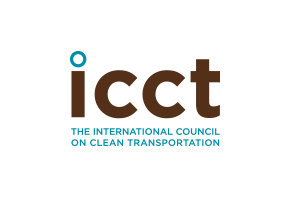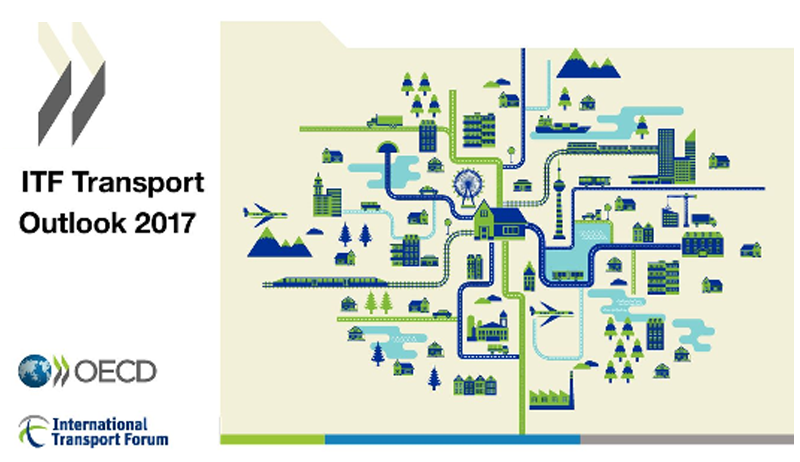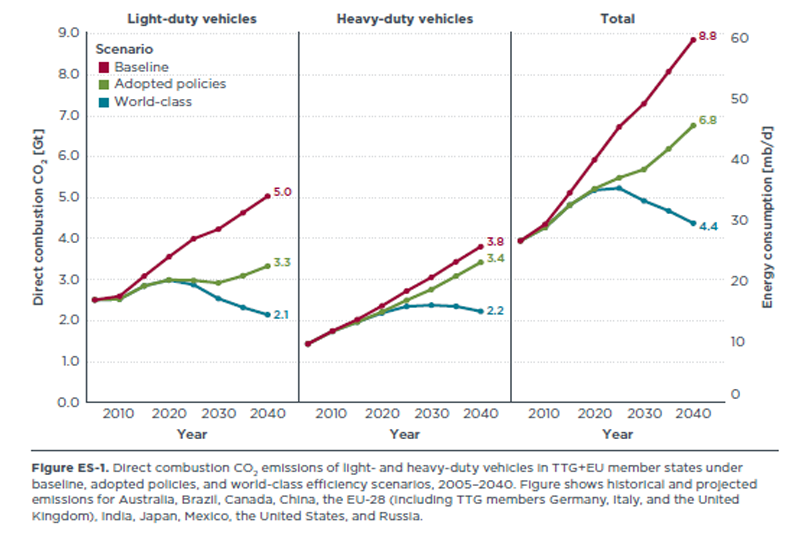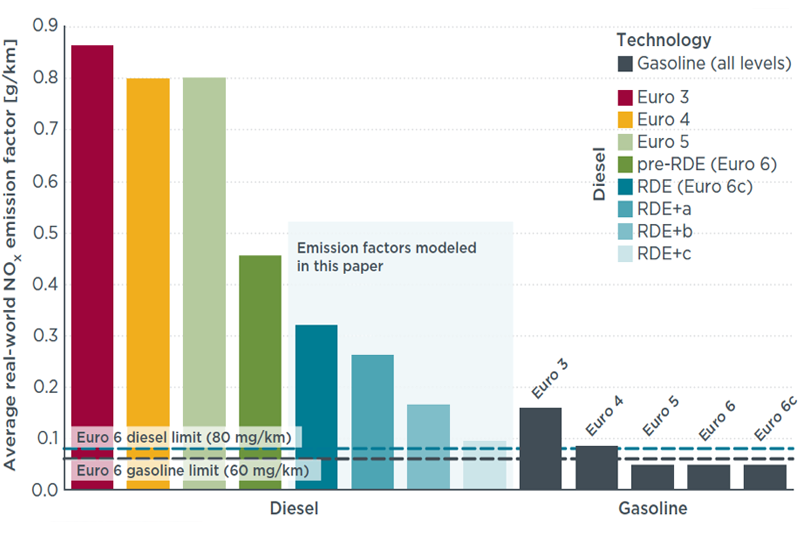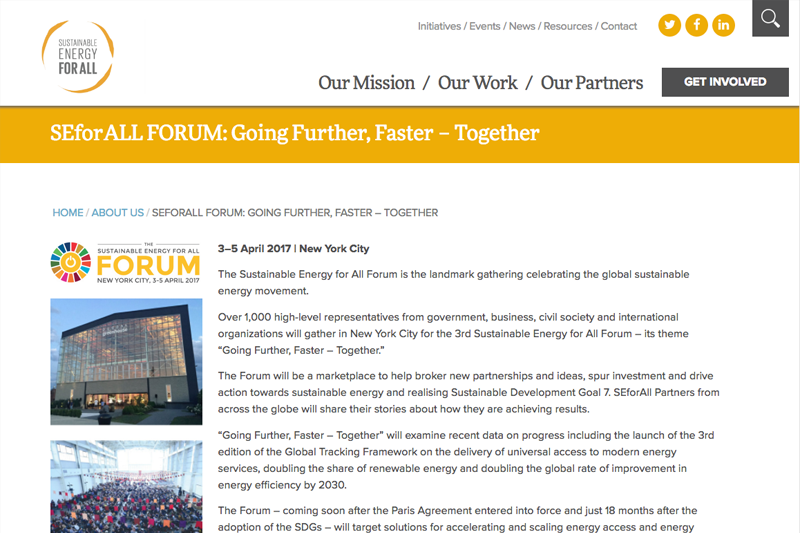ICCT reports on U.S. Tier 3 vehicle emissions and fuel quality standards
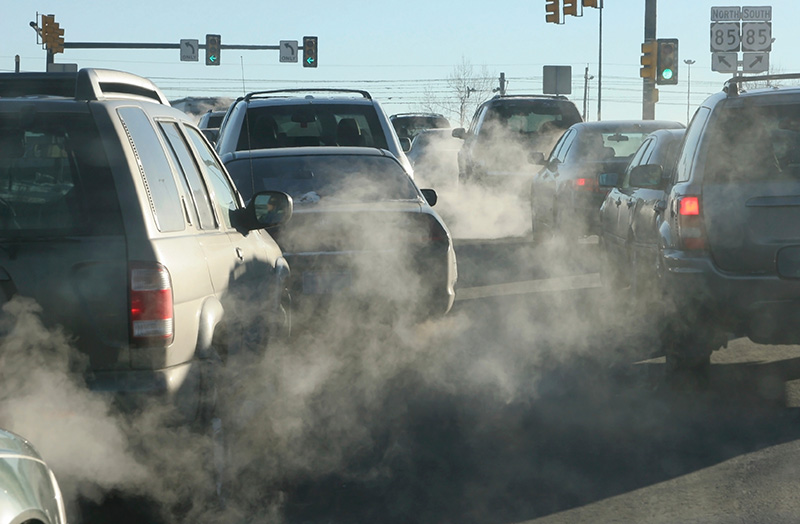
Dear Friends,
Last week the U.S. EPA finalized its Tier 3 vehicle emissions and fuel quality standards to reduce air pollution from passenger cars and trucks, which it had proposed not quite a year ago. Once fully implemented in 2025, these standards will reduce smog-forming volatile organic compounds and nitrogen oxides by 80% and particulate matter by 70% from current levels, as well as reduce sulfur levels in commercial gasoline from 30 parts per million to 10 ppm in 2017. (For fuller details, see our policy updates on both the regulation as proposed last year,here, and the final rule, here.)
The vehicle emission standards will be by far the most stringent in the world. It is difficult to directly compare standards in different regions, as the test procedures differ, but the Tier 3 standards are set at numeric levels far below other countries (e.g., the Tier 3 NMHC+NOx standards will phase down to 30 mg/mile, while the Euro 6 standards are 206 mg/mile for petrol vehicles and 274 for diesel vehicles). The U.S. is also the only country to regulate emissions at high vehicle speeds and loads.
This is good news for those of us living in the U.S.—and it’s good news outside the U.S. as well. These standards raise the bar for everyone. And in very practical ways they will improve the effectiveness and reduce the cost of emission control technology, making it easier and cheaper for all countries to reduce emissions from vehicles.
ICCT’s ability to provide an up-to-date assessment of technology costs proved important in defending the proposed vehicle and fuel requirements. A major report on emission technology costs by ICCT was frequently cited by the EPA in support of its final emission technology cost estimates. ICCT’s report assessed recent improvements in emission control technology that were not included in EPA’s analysis for the proposed rule. The most important factor was dramatic reductions in catalyst precious-metal loadings. Manufacturers consider these to be confidential business information, so ICCT researched 1990 to 2010 SAE papers to document the factors behind the reductions, such as better dispersion of precious metals on the catalyst substrate, improved durability, and improved air/fuel ratio control. ICCT further validated the reductions in catalyst precious-metal loadings using top-down analyses of overall precious metal demand (from Johnson Matthey annual reports) and conversations with catalyst suppliers. EPA incorporated many of our cost assessments in the final rule, reducing the emission control costs to $72 per vehicle from $134 in the proposed rule.
The timely analysis provided by the ICCT on the economics of refining low-sulfur fuels also helped EPA withstand a concerted effort by the oil industry to weaken or delay the sulfur requirements. ICCT submitted results of a MathPro study, performed under contract to ICCT, demonstrating that the cost for reducing gasoline sulfur from 30 ppm to 10 ppm is only 0.8 to 1.4 cents per gallon. ICCT also submitted a discussion as to why MathPro’s results are likely to be conservative. For the final rule, Navigant Economics assessed the costs of a 10 ppm average gasoline sulfur standard and also evaluated the ICCT and API cost studies. The authors concluded that API’s capital costs were too high (6–9 cents per gallon), and those used in the ICCT study were about right.
While Tier 3 sets the bar now in most areas, a remaining focus is additional reductions in particulate emissions after 2025. The EPA has signaled its willingness to go further in this direction, and we will continue our work to support development of improved particulate standards.
Thanks for your support,
 John German,
John German,
senior fellow and
country co-lead for the U.S.
